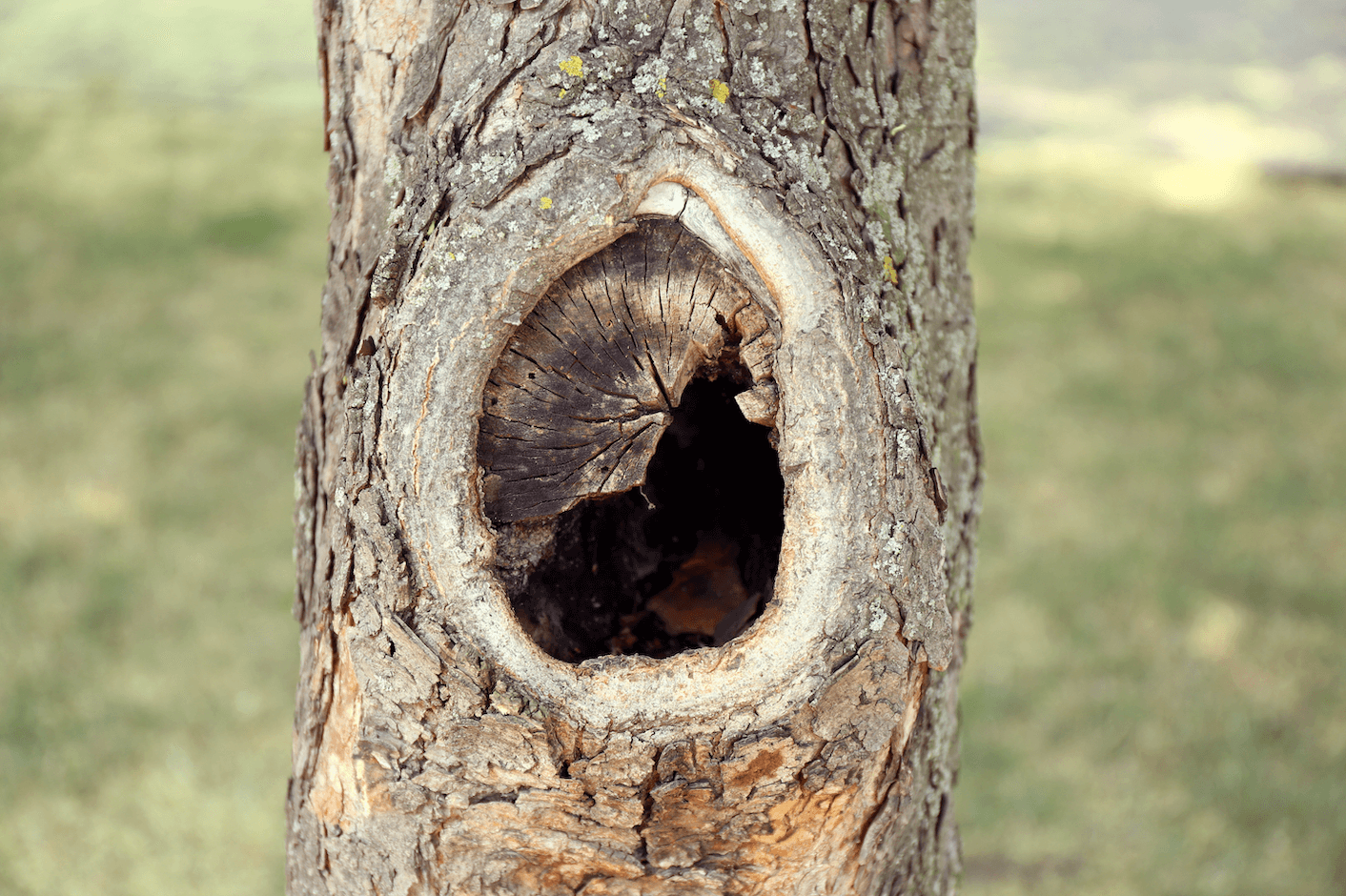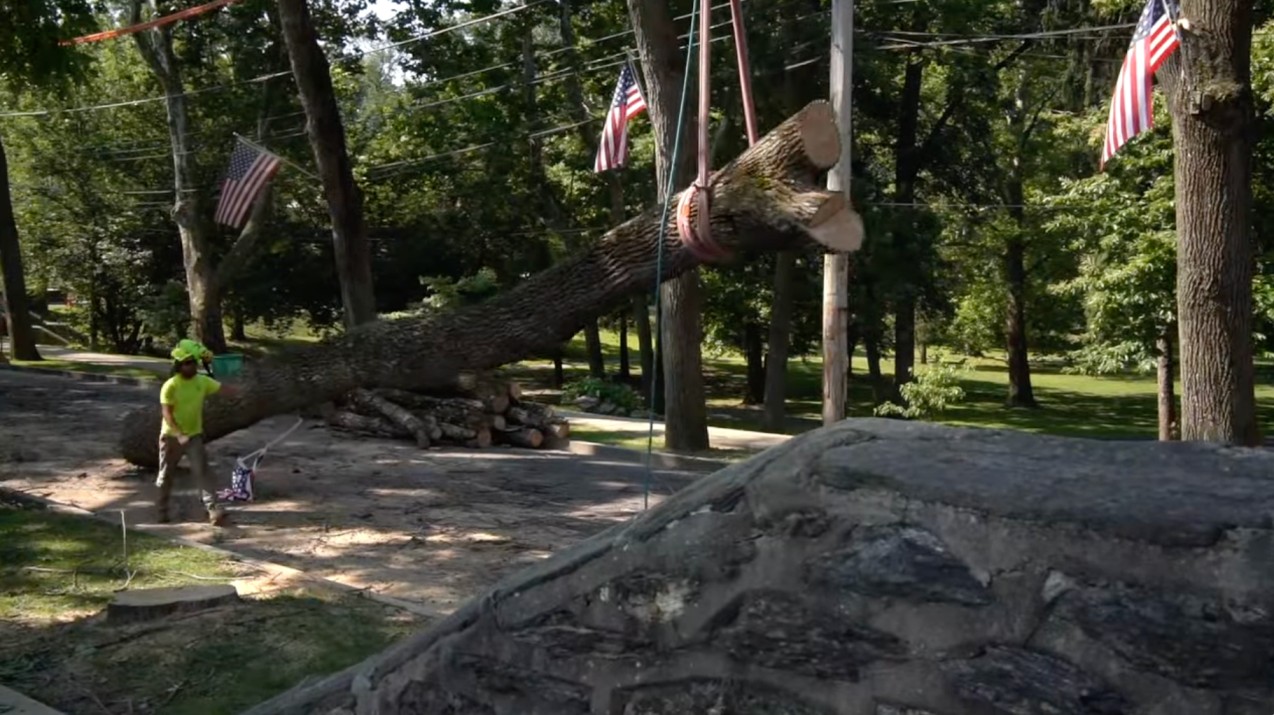It’s a beautiful summer morning and you’re savoring the morning coffee on your patio, basking in the picturesque view of your beautifully maintained Pennsylvania landscape starring oaks, maples, and pines. As your gaze drifts across your lovely little yard, you recoil in surprise. What is that cankerous growth on your proud oak? Or those telltale spots marring your beautiful maple leaves?
No, it’s not some alien parasite! It’s likely an all too earthly invader that we’re going to flesh out: common tree diseases that can turn your backyard oasis into a woody nightmare. From alien-like fungus to pesky insects, these assaults on your green giants could cost you green, not only from your trees but also from your wallet.
So arm yourself with knowledge! Stay tuned as we venture into the little-known world of Anthracnose, Verticillium Wilt, and other tongue-twisting diseases. It’s time to roll up your sleeves and get down and dirty with the realities of tree care because the best defense is a good offense.
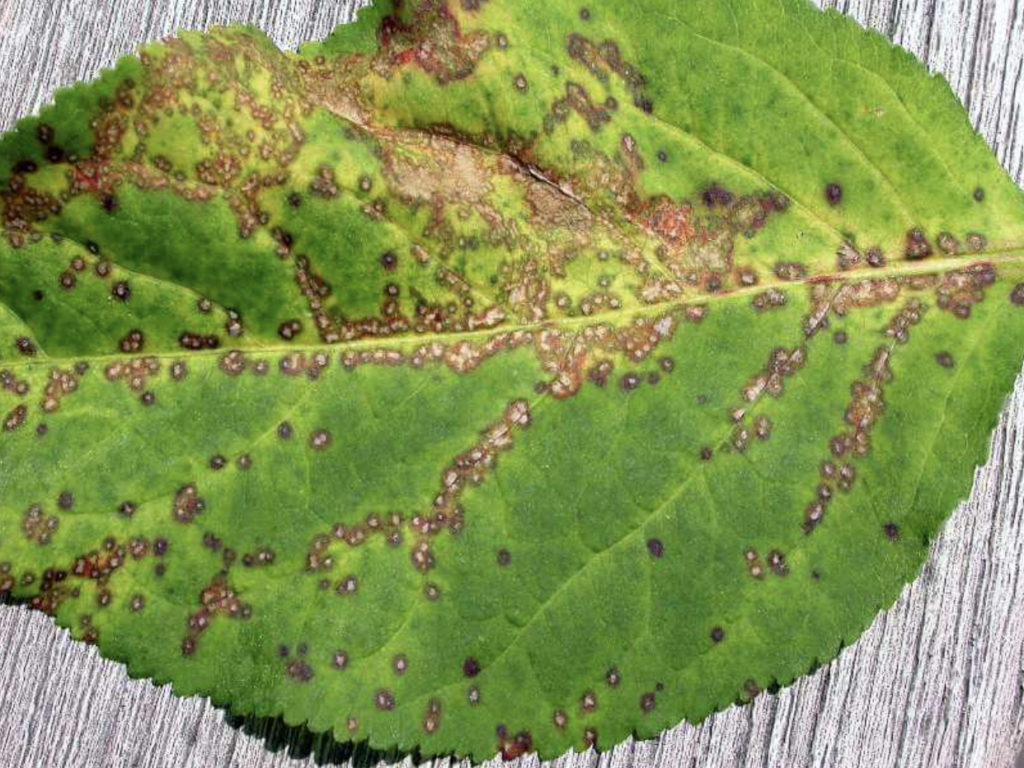
First up, let’s talk Anthracnose! This disease is not only affecting our beloved shade trees like oak, maple, dogwood, ash, and sycamore trees in Pennsylvania, but it loves to leave its mark in multiple ways. Symptoms of this pesky disease include leaves looking like they’ve been in a paintball match with abstract spots, the fall foliage taking an early exit in late summer, and the tree sprouting with an unpredictable, irregular growth. If you see these signs, brace yourself. Anthracnose may have come knocking.
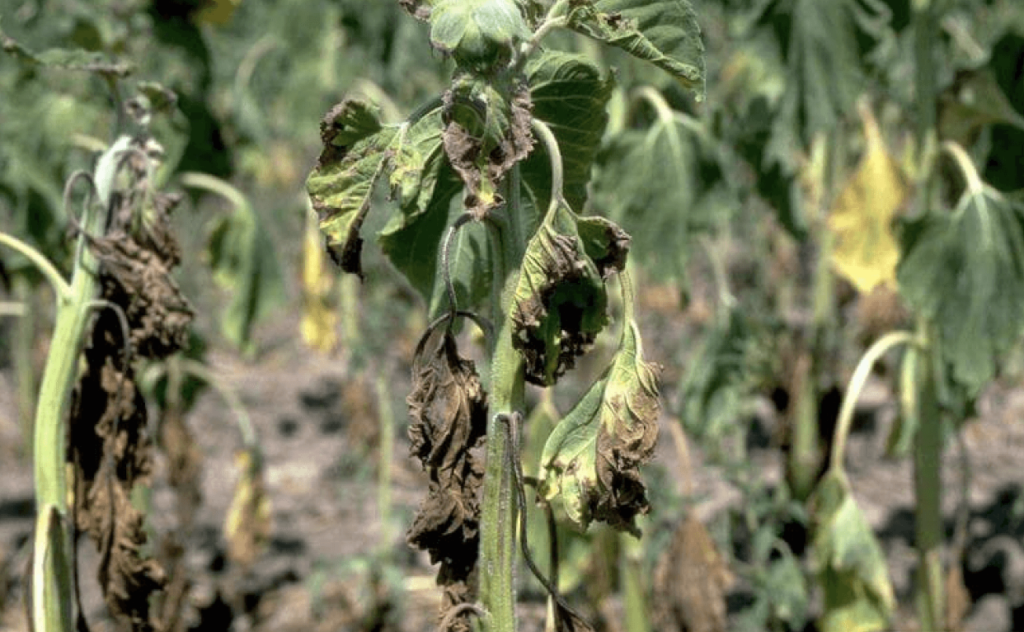
Via Missouri Botanical Garden’s Website
Then, we have Verticillium Wilt; ‘wilt’ being the operative word here. As dramatic as this disease may sound, it’s equally as destructive too. If your tree starts showing an overall fading, wilting, yellowing, and premature shedding of leaves, chances are, Verticillium Wilt has waged war on your tree. While the battle seems ominous, an early diagnosis and treatment can help turn the tide.
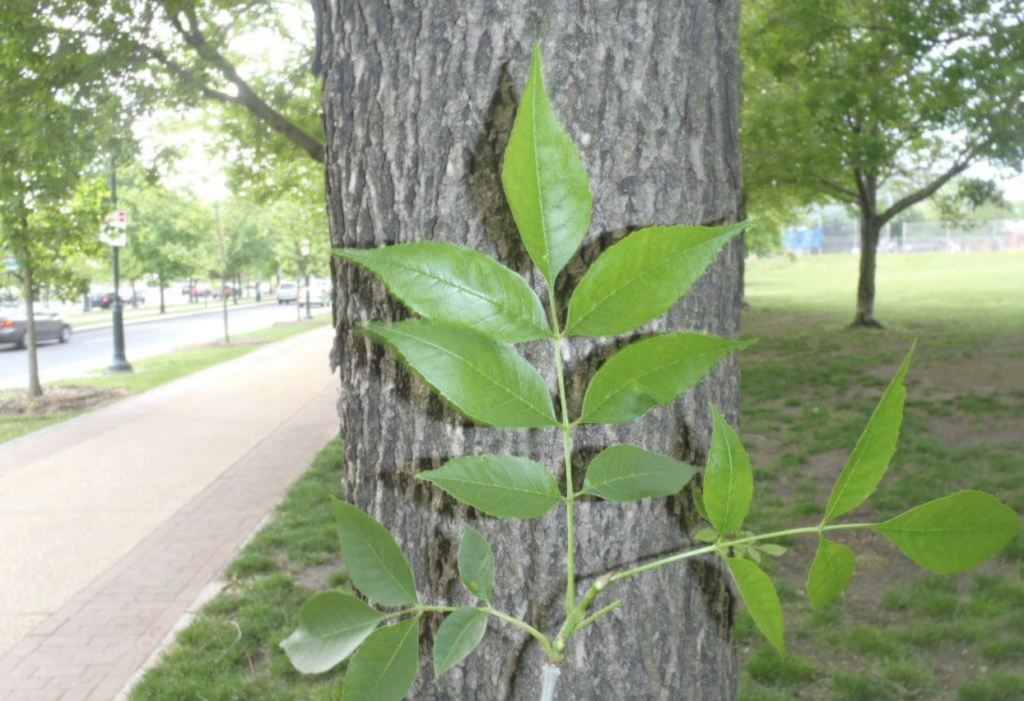
Next on the line-up is the Emerald Ash Borer. Now, this is a tricky one. This pest, not technically a disease, is notorious for wreaking havoc on our discordant green ash trees. Signs to look out for include yellowing leaves, holes or trails in the tree bark, new leaves sprouting from the lower trunk, and foliage loss that tends to kick in early spring or summer. If you see these symptoms, beware, the Green Reaper might be at work!

Via Independent Tree’s Website
Not to be forgotten is Fire Blight. This bacterial infection enters through damaged bark causing a “burned” look on affected branches. Hey, no one likes sunburn, trees included!
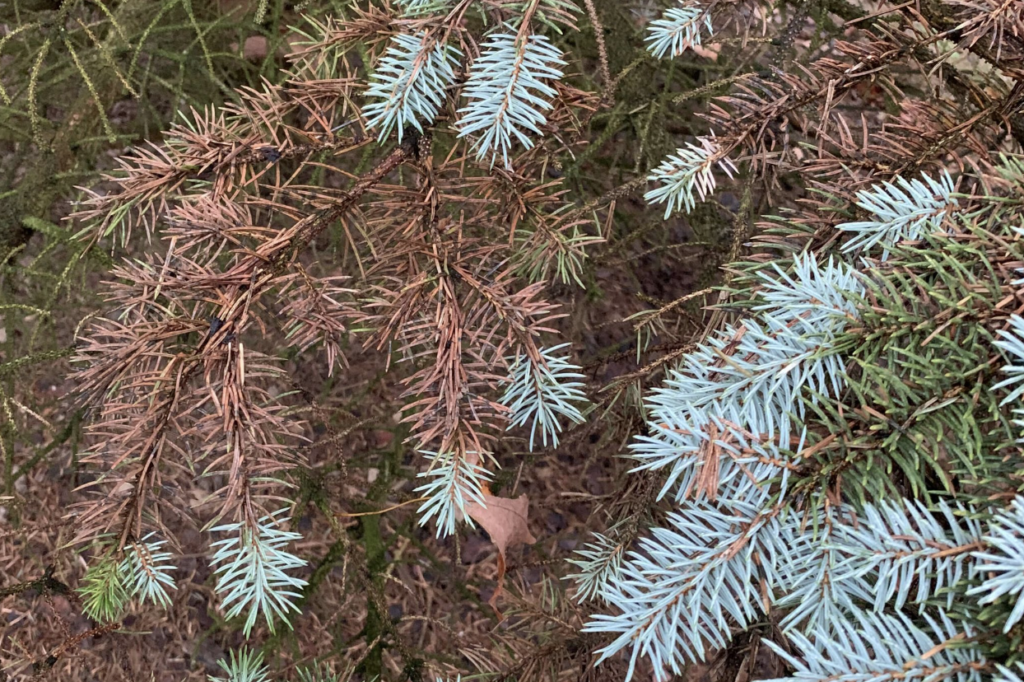
Via Russel Tree Expert’s Website
Let’s take a pause and shift our gaze to the sky. Notice anything? Those lush, green canopies maybe looking slightly under the weather? That’s because they might be under attack by the Needle Cast disease. This disease likes to work discreetly, causing a subtle shift in color from a healthy green to an off-putting purple or brown. Follow this color shift with a thinning appearance, and worst of all, an ultimately sad journey that leads the tree to its untimely death, starting from the bottom up.

Via Frontier Landscaping’s Website
Before we wrap up, let’s quickly touch down on Powdery Mildew. The name might sound harmless enough but this common tree disease has serious consequences. As the name suggests, it attacks leaves and stems, leaving behind a powdery white coating that gradually leads to leaf curling and death. Not so mild now, is it?
Well, that’s your quick guide to some of the common tree illnesses making the rounds in Pennsylvania. Phew, it’s a lot to take in, isn’t it? But don’t worry, every dark cloud has a silver lining. In this case, it’s us, Executive Tree Care, with our expert solutions for these crazy tree diseases. Our certified arborists are ever ready to lend both their expert eyes for early diagnosis and their skilled hands for effective treatment. Don’t let fear branch out, because we are just a call away. Schedule an appointment with us for effective treatment options and ensure that your trees live a long, healthy life.





